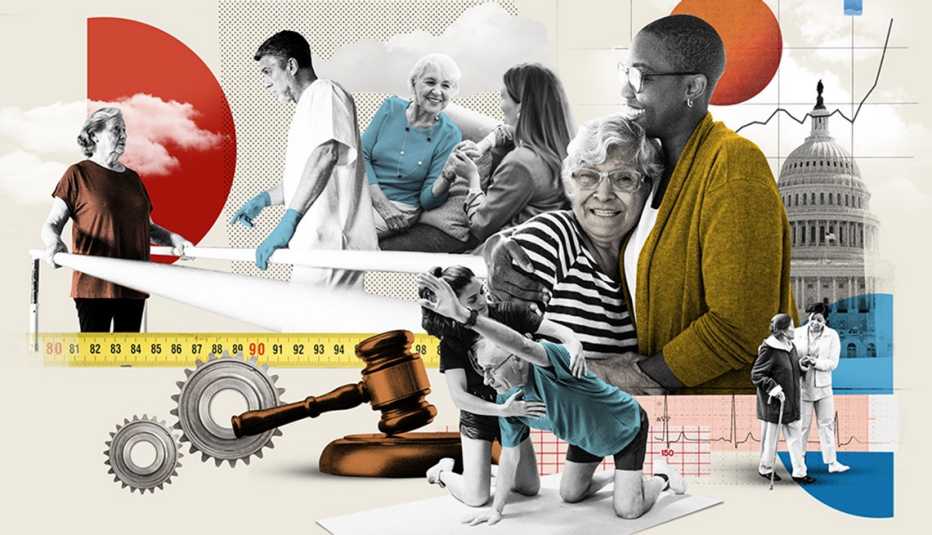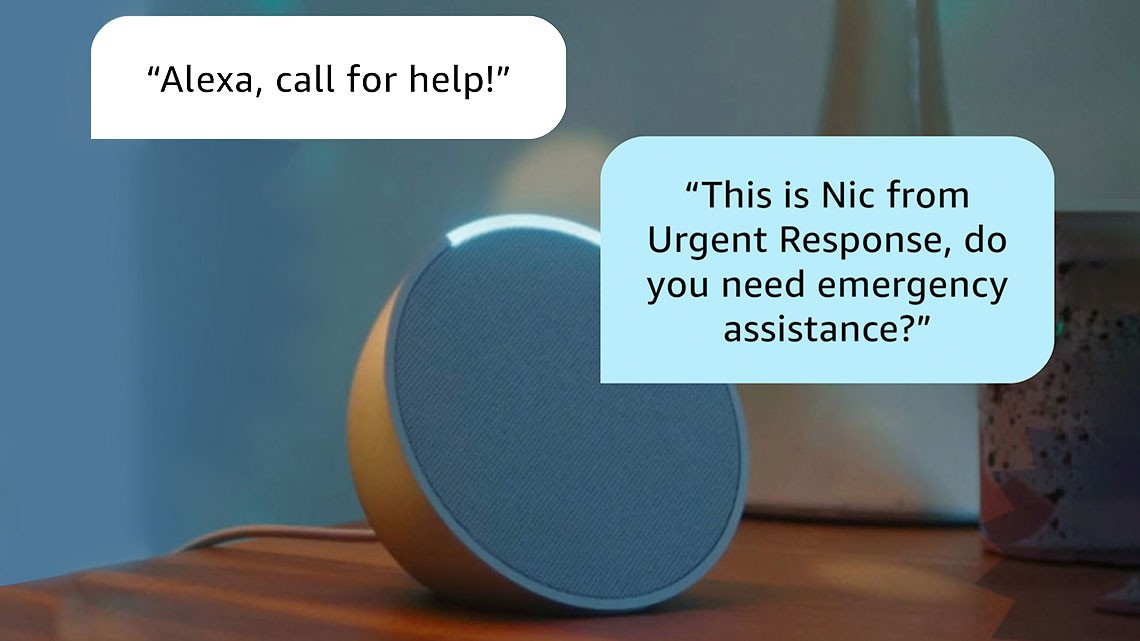Staying Fit


In May 2022, the AARP Bulletin published a comprehensive report on the challenging state of family caregiving and the key areas that required more attention to ease the massive burden on those who must provide regular aid to aging loved ones. The situation remains dire: By 2030, one-fifth of the U.S. population will be at least 65, meaning that more people than ever will need daily assistance of some sort.
But something noteworthy has happened since our report of 18 months ago: progress. There are signs of increasing awareness of the need to support caregivers, and a variety of state, local and federal government initiatives are being implemented.


AARP Membership— $12 for your first year when you sign up for Automatic Renewal
Get instant access to members-only products and hundreds of discounts, a free second membership, and a subscription to AARP the Magazine.
“Almost everyone is either going to be a caregiver or will need care at some point in their life,” says Nancy LeaMond, AARP chief advocacy and engagement officer. “I think so many more decision-makers are experiencing that personally and are seeing it affect many of their constituents.”
A 2023 AARP report titled “Valuing the Invaluable” finds family caregivers provide an average of 18 hours of unpaid care per week, a commitment often overlooked by policymakers, until now. “Caregiving really crosses every demographic. It’s every race, every religion, it’s every income bracket,” LeaMond says. “We’re hearing across the political spectrum, across the states, ‘How do we work on these issues? What are some of the options for how we can move forward?’ And I think that’s particularly exciting.”
Here is an update on six areas where solid steps are being taken to help caregivers.
A national caregiving strategy
For the first time, the federal government has a plan. One year ago, the Department of Health and Human Services (HHS) released the National Strategy to Support Family Caregivers, the nation’s first official blueprint to address this need. It is intended to mobilize support of unpaid caregivers in five main areas:
- Increasing awareness of their issues and outreach to those in need
- Building partnerships and engagement with family caregivers
- Strengthening services and support available to caregivers
- Ensuring their financial and workplace security
- Expanding data, research and evidence-based practices
The national strategy, which comes with initial funding of $20 million to be doled out in grants from the Administration for Community Living (a division of HHS created in 2012), outlines nearly 350 federal actions and more than 150 community, state-based and private-sector actions to help bolster caregiver health, well-being and financial security, with a time frame to implement federal actions within three years. After the release of the national strategy, President Joe Biden issued an executive order detailing more than 50 actions his administration will take.
“This is a tremendous time for family caregiving,” says Jason Resendez, president and CEO of the National Alliance for Caregiving. One small piece of the national strategy details broader definitions of the terms “family,” “caregiving” and “family caregivers,” an acknowledgment of the many different kinds of people doing this unpaid work, including friends and neighbors. “It’s certainly not sufficient, but the awareness of caregiving and caregivers is at levels that we haven’t seen before,” Resendez says.
More paid leave for caregivers
The pandemic rocked the caregiver world at every age and income level; suddenly, tens of millions of Americans needed prolonged care, often at home, due to COVID-19.
More states are putting into place legislation to expand paid work leave for family caregivers. Maine, for example, adopted a paid family and medical leave program that will go into effect in 2025. Employers and employees will split a 1 percent payroll tax to fund the program, allowing workers to take up to 12 weeks of paid leave each year to care for a sick family member. State Sen. Mattie Daughtry, author of the bill, is “thrilled” that it got passed into law after 10 years of trying.
Another expansive bill was signed into law this year in Minnesota, allowing workers to take up to 12 weeks for family leave and up to 12 weeks for one’s own serious medical condition, up to a maximum of 20 weeks annually, beginning Jan. 1, 2026. To fund the program, payroll premiums will be split between employers and employees. Workers can use the paid leave to care for someone not related by blood or marriage, such as a significant other, neighbor or friend.
Toni Kay Mangskau, 59, of Rochester, Minnesota, knows how much relief this will bring. She cared for her ailing parents before they died, and at the same time was caring for her brother and her two children, all of whom had pressing medical needs. “It’s that phrase,” she says, “the ‘sandwich generation.’ ”





































































More From AARP
The Emotional Toll of Being a Caregiver
Communities need to come together to lighten the stress many feelOnline Groups Help Caregivers Relieve Stress, Recharge, Learn and Give Back
Fifteen thousand members strong, AARP’s online community helps ease the isolation many caregivers experienceWhen Family Caregivers’ Expectations Can’t Be Met
Some caregiving challenges have no easy solutions, but there are different approaches you can take